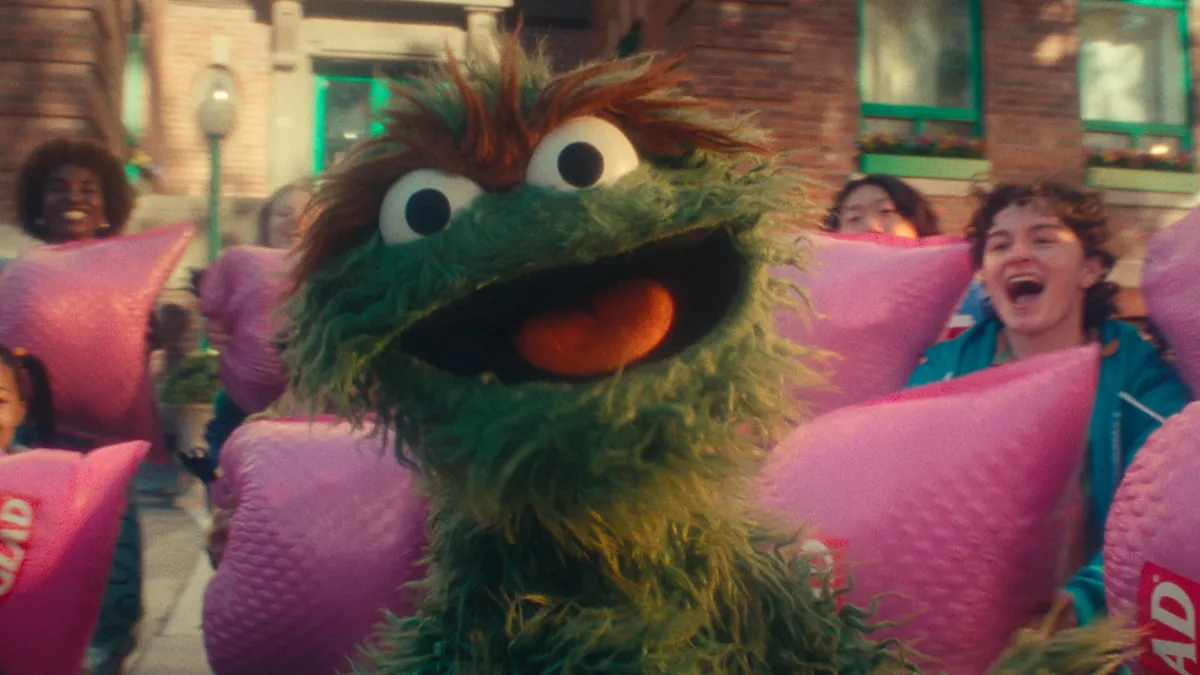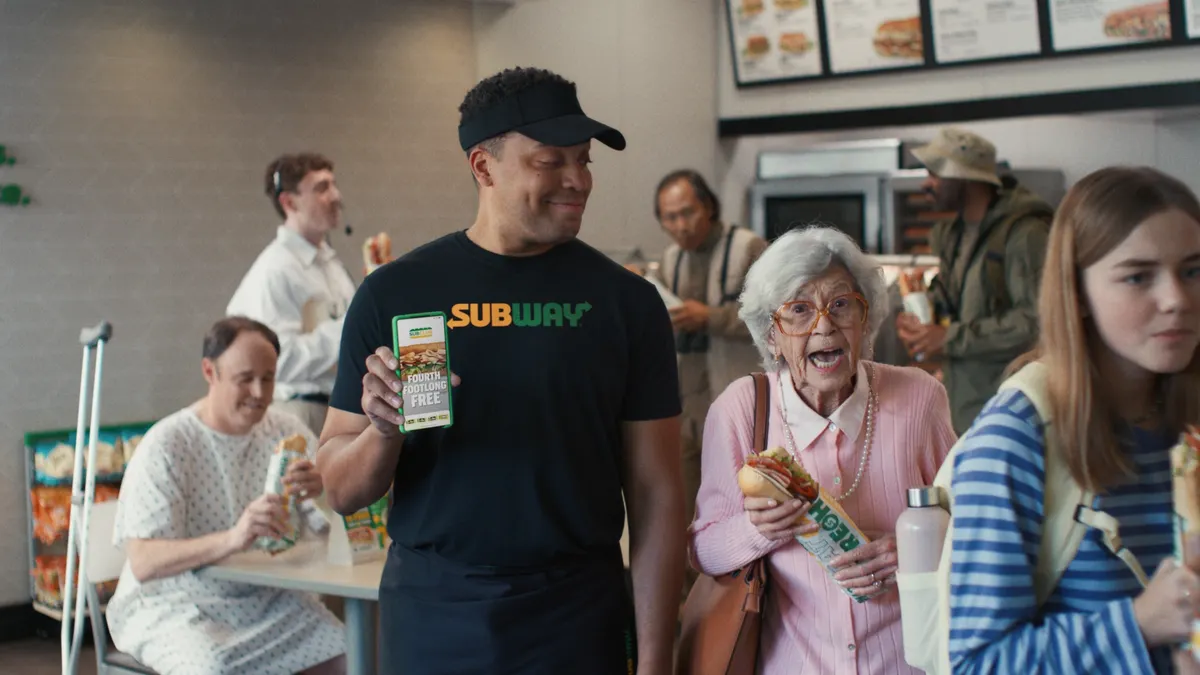Like so many other daily realities disrupted by the pandemic, the moment when a cashier hands back a receipt plus a printed coupon for money off a later purchase has lost relevance in the past year amid a broad shift to digital. While a recent Wall Street Journal article suggested paper coupons are destined to disappear, where the space goes next may not be so straightforward.
Certainly, digital coupons are expected to get a boost as the digital shift continues, driving pandemic-related trends like the growth of shopping apps and the digital coupons they typically offer. After a year of upheaval driven by the pandemic, brands are also relying more on existing customers to push growth, including via coupon-supported loyalty programs.
However, some industry experts insist paper coupons will remain relevant, especially for moments like encouraging shoppers to try new products. Research seems to bear this out, with print accounting for 98% of coupon distribution in the first half of 2020, and 53% of consumers saying they used both paper and paperless coupons at the grocery store, according to Valasis's 2020 Consumer Intel Report released last fall.
"Is paper declining? Yes. But paper is going to stay as a tool," said John Morgan, executive director at the Association of Coupon Professionals (ACP). "Some people will stick with new habits they've picked up during the pandemic, some won't. There's no defining 'normal' habit anymore."
Morgan took issue with the Wall Street Journal article, arguing it focused primarily on coupons included as newspaper inserts and didn't take into account coupons at the checkout, "on pack" coupons that are stuck to a products, "in pack" discounts and those that can be printed at home.
"If you're trying to create product trials, there are certain vehicles [for distributing coupons] that will be better than those that could reinforce the loyalty of an existing buyer," he said.
Doubling down on digital
Some major retailers have already either eliminated or reduced printed coupons and more will likely follow suit as they seek the best methods for engaging consumers who shop less frequently but spend more on each visit, according to Conor Ryan, co-founder of StitcherAds.
"This past year we saw consumers shifting to contactless, QR code-based payment technologies, as well as the click-and-collect and buy online, pickup in-store model, and that trend is likely here to stay," Ryan said. "Print coupons are still a staple, but consumers, brands and retailers are all weaning off of them."
"Some people will stick with new habits they've picked up during the pandemic, some won't. There's no defining 'normal' habit anymore."

John Morgan
Executive director, Association of Coupon Professionals
With some brands losing market share as consumers try new stores amid lockdowns, there's also greater interest in making the most of coupons as part of an e-commerce strategy.
"Normally the discussion [with brands] is, 'I want to run a coupon campaign for a month, and you tell me what it's going to cost,'" said David Johnson, senior vice-president of retail at Quotient, which owns Coupons.com. "Now they're coming forward and saying to hit the market to the fullest extent possible — and to get full share."
However, digital coupons come with their own set of challenges. For example, it can be difficult for brands to make the leap to digital after decades spent building processes and workflows to generate print coupons or circulars, Ryan said.
In an attempt to address these transitional challenges, StitcherAds recently launched a service to produce digital circulars and catalogs that leverage first- and third-party data to tailor promotions to specific customers. StitcherAds can digitally scan print files to convert them into digital assets, or auto-merge merchandising data and creative from multiple sources.
Path to purchase evolves
The ease of leveraging data to fine-tune marketing is one of the appeals of digital more broadly and why some marketers are downgrading traditional strategies. But when it comes to coupons, it doesn't have to be a question of analog versus digital. For marketers who are struggling to make the transition, digital technologies can still fuel a smarter kind of print coupon, even if the distribution doesn't take place at the point of sale.
RevTrax, for example, leverages machine learning to study the data a consumer might give to a brand to offer a more targeted, personalized coupon as brands invest in digital strategies that are built around gathering customer data.
For example, a pet store whose customers have provided information such as the name of a pet and its favorite foods when signing up for an e-mail newsletter could receive a coupon with a more specific offer that includes the pet's name and discounts for preferred brands. These can still be offered as printed coupons, he added, but sent through direct mail rather than at the checkout.
"With in-lane, you don't have the postage costs of direct mail, you do have an amazing amount of distributed infrastructure costs, because you need hardware to print out coupons at every checkout," Jonathan Treiber, RevTrax's co-founder and CEO, explained.
Going forward, the coupon industry will look to create a more seamless distribution and redemption process that better meets the needs of omnichannel shoppers. For example, ACP is working with industry partners on a "universal digital coupons" project that will allow a coupon to be easily redeemed across multiple networks.
"It's about marketing in an omnichannel way," ACP's Morgan said. "It's not about print versus digital. Do you want to gain share? Do you want to grow share? Start with your objectives, and then figure out what kind of coupon strategy makes the most sense."
In the meantime, the upheaval in the coupon space means the stakes are high for winning over brands as a coupon provider. Last month, Catalina Marketing filed a legal complaint against Quotient, alleging the latter damaged the former's business with illegal below-cost pricing and unfair business practices.
Johnson declined to comment on the lawsuit.
As vaccinations become more widespread and consumers return to shopping in stores, it's possible that print coupons will find renewed interest alongside other traditional marketing channels like out-of-home and experiential that suffered last year and are starting to rebound in 2021.
"As a medium, print vs. digital will always be up for debate," Treiber said.




















